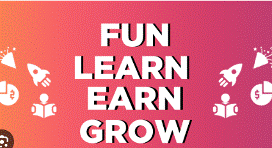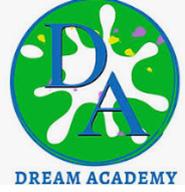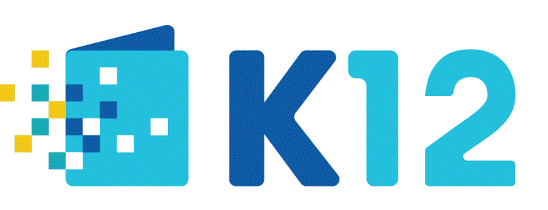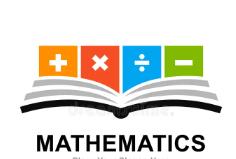





|
|
|
|
|
CONTACT 732-281-7122 732-423-8052 |
|
K12-MATHS-GEOMETRY |
|
Geometry 1.0 credit This course introduces the student to the deductive method of proof with the use of points, lines, and planes. Solid geometry is integrated with plane geometry to lead the student to consideration of two-and three-dimensional figures and to develop the ability to visualize space relationships. Students who successfully complete this course with a grade of “C” or higher should be prepared for Algebra II.
This Course Covers The Following Geometry Concepts:
Congruence Experiment with transformations in the plane Understand congruence in terms of rigid motions Prove geometric theorems Make geometric constructions Similarity, Right Triangles & Trigonometry
Understand similarity in terms of similarity transformations Prove theorems involving similarity
Define trigonometric ratios and solve problems involving right triangles
Apply trigonometry to general triangles Circles Understand and apply theorems about circles Find arc lengths and areas of sectors of circles Expressing Geometric Properties with Equations
Translate between the geometric description and the equation for a conic section
Use coordinates to prove simple geometric theorems algebraically Geometric Measurement & Dimension
Explain volume formulas and use them to solve problems
Visualize relationships between two-dimensional and three-dimensional objects
Modeling with Geometry Apply geometric concepts in modeling situations |
|
Geometry is designed to emphasize the study of the properties and applications of common geometric figures in two and three dimensions. It includes the study of transformations and right triangle trigonometry. Inductive and deductive thinking skills are used in problem solving situations, and applications to the real world are stressed. It also emphasizes writing proofs to solve (prove) properties of geometric figures. Students who complete Geometry should take Algebra II next.
Course Objectives
When you have completed this course, you will be able to:
Name various types of special lines and angles as well as various properties of lines and angles. Name various types of geometric figures as well as various properties of these figures. Identify and apply the properties of rays and angles. Identify and apply the properties of parallel and perpendicular lines. Write conditional statements. Write and graph linear functions. Identify and apply the properties of triangles. Identify and apply the properties of quadrilaterals. Identify and apply the properties of polygons. Identify and apply the properties of circles Prove figures are congruent. Prove figures are similar. Apply transformations to various figures. Determine perimeter, area, surface area, and volume of geometric figures. Use several types of statements to construct proofs.
Course Outline
Module 1 Tools of Geometry Module 2 Transformations and Congruence Module 3 Congruent Figures Module 4 Lines and Angles Module 5 Triangle Congruence Criteria Module 6 Applications of Triangle Congruence Module 7 Properties of Triangles Module 8 Special Segments in Triangles Module 9 Properties of Quadrilaterals Module 10 Coordinate Proof using Slope andDistance |
